Home>Renovation & DIY>Home Renovation Guides>How To Fix A Storm Door That Won’t Close
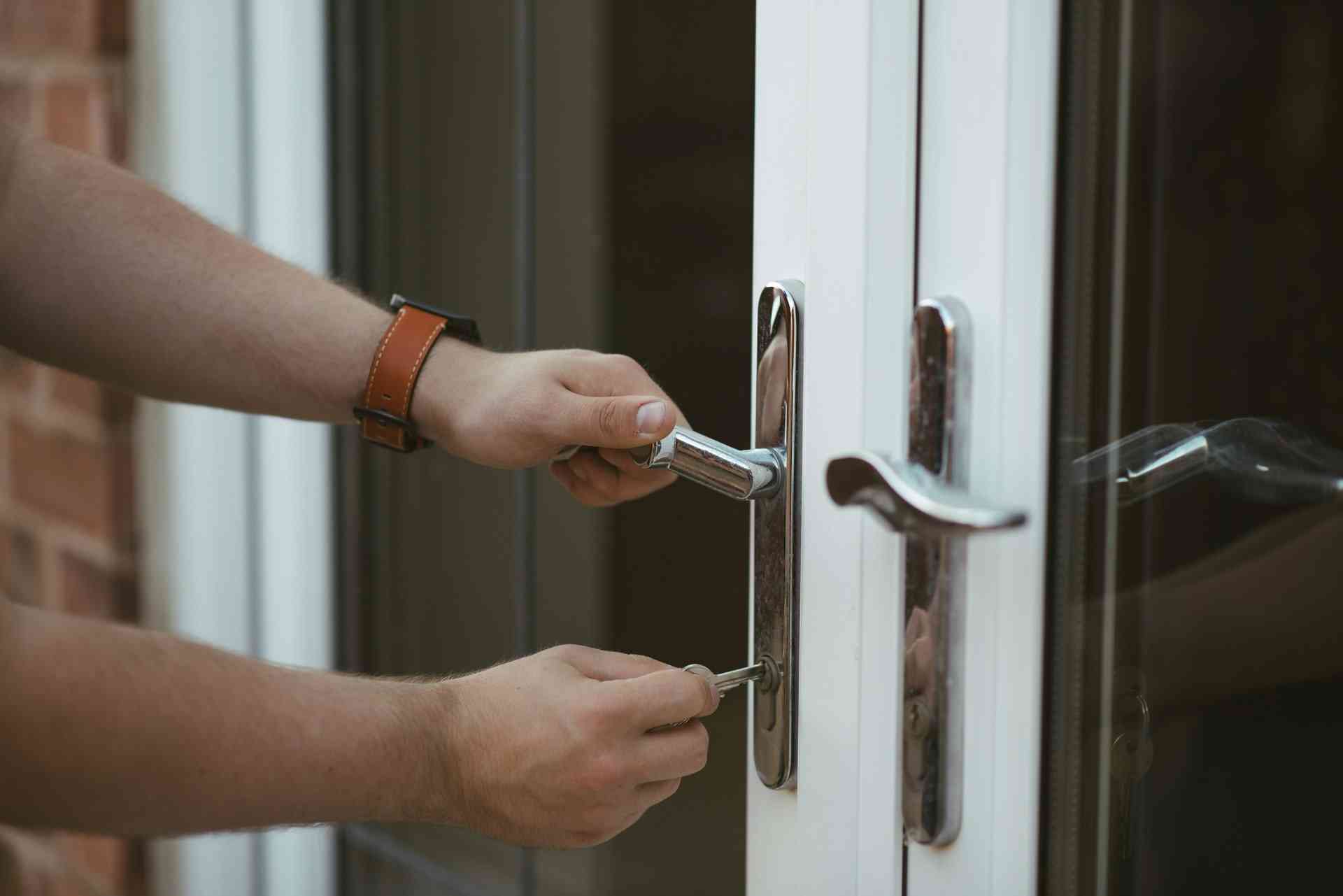

Home Renovation Guides
How To Fix A Storm Door That Won’t Close
Modified: February 18, 2024
Learn how to fix a storm door that won't close with our comprehensive home renovation guide. Get step-by-step instructions and expert tips for a seamless repair.
(Many of the links in this article redirect to a specific reviewed product. Your purchase of these products through affiliate links helps to generate commission for Storables.com, at no extra cost. Learn more)
Introduction
Welcome to the comprehensive guide on fixing a storm door that won't close. Dealing with a storm door that refuses to close properly can be frustrating, but fear not, as we've got you covered with practical solutions to resolve this common issue. A malfunctioning storm door not only compromises the security of your home but also affects its energy efficiency. By following the steps outlined in this guide, you can restore your storm door to its optimal functionality and ensure peace of mind.
In the following sections, we will delve into the various factors that can contribute to a storm door failing to close properly. From inspecting the door and frame to checking the hinges and adjusting the door closer, we will explore step-by-step methods to diagnose and address the problem. Additionally, we will discuss the importance of maintaining the door's components, such as lubricating the hinges and door closer, as well as ensuring the integrity of the weather stripping. In some cases, replacing the door closer may be necessary to achieve a lasting solution.
Whether you are a seasoned DIY enthusiast or new to home maintenance tasks, this guide is designed to provide clear and actionable advice to help you tackle the challenge of a misbehaving storm door. By the end of this article, you will have the knowledge and confidence to troubleshoot and fix a storm door that won't close, allowing you to enjoy the security and functionality of your entryway once more. Let's embark on this home improvement journey together and restore your storm door to its full potential.
Key Takeaways:
- Don’t let a stubborn storm door ruin your day! Inspect, maintain, and lubricate hinges and door closer to ensure a secure and smooth closure for your home’s entryway.
- When all else fails, consider replacing the door closer to restore your storm door’s functionality. Proper maintenance and proactive troubleshooting will keep your entryway secure and energy-efficient.
Read more: How To Close A Storm Door
Inspect the Door and Frame
When a storm door refuses to close properly, the first step is to conduct a thorough inspection of both the door and its frame. Start by carefully examining the door for any visible signs of damage or misalignment. Look for dents, scratches, or warping that may be preventing the door from fitting snugly into the frame. It’s also important to check the frame for any structural issues, such as warping or shifting, that could be impacting the door’s ability to close securely.
Next, ensure that the door’s hinges are securely attached to both the door and the frame. Loose or damaged hinges can prevent the door from closing properly, leading to misalignment and difficulty in latching. If any hinges appear to be loose or damaged, they may need to be tightened or replaced to restore proper functionality.
Additionally, examine the latch and strike plate to confirm that they are aligned correctly. Misalignment between the latch and strike plate can cause the door to have difficulty closing or latching securely. Adjusting the position of the strike plate may be necessary to ensure proper alignment with the door’s latch mechanism.
By conducting a thorough inspection of the door and frame, you can identify any visible issues that may be contributing to the door’s failure to close properly. This initial assessment will provide valuable insights into the specific areas that require attention and will guide the subsequent steps in resolving the issue.
Check the Hinges
One of the key components contributing to the proper functioning of a storm door is its hinges. Over time, hinges can become loose, corroded, or misaligned, leading to issues with the door’s ability to close securely. To address these potential hinge-related problems, a systematic inspection and maintenance approach is essential.
Begin by examining each hinge carefully, paying close attention to any visible signs of damage, rust, or misalignment. If the hinges appear to be loose, tighten the screws that secure them to the door and frame. This simple adjustment can often resolve issues related to a sagging or misaligned door, allowing it to close more effectively.
If the hinges show signs of rust or corrosion, it may be necessary to remove them for thorough cleaning and lubrication. Using a suitable lubricant, such as silicone-based or white lithium grease, apply a small amount to the hinge components to ensure smooth operation. This lubrication will help prevent friction and wear, allowing the hinges to function optimally and facilitate the proper closing of the storm door.
In some cases, damaged or severely worn hinges may need to be replaced to restore the door’s functionality. When selecting replacement hinges, ensure that they are compatible with the specific model and size of your storm door. Proper installation of new hinges is crucial to ensure the door operates smoothly and securely.
By addressing any issues related to the hinges, you can significantly improve the performance of your storm door and enhance its ability to close securely. Regular inspection and maintenance of the hinges will help prevent future issues and contribute to the long-term functionality of the door.
Adjust the Door Closer
The door closer plays a crucial role in controlling the speed and force with which a storm door closes. If the door closer is not properly adjusted, it can lead to issues such as the door slamming shut or failing to close completely. Fortunately, adjusting the door closer can often resolve these issues and restore the door’s smooth and secure operation.
Start by locating the adjustment screws on the door closer. These screws control the closing speed and latching force of the door. Depending on the specific type of door closer installed, there may be separate adjustment screws for controlling the closing speed and latching force, or a single screw that performs both functions.
To adjust the closing speed, turn the appropriate adjustment screw in small increments, either clockwise or counterclockwise, to increase or decrease the speed at which the door closes. Test the door after each adjustment to determine if the closing speed is satisfactory. It may take several adjustments to achieve the desired closing speed that allows the door to close securely without slamming shut.
Similarly, if the door closer’s latching force is too strong or too weak, it can affect the door’s ability to close properly. Adjust the latching force screw to increase or decrease the force with which the door latches closed. Finding the optimal latching force will ensure that the door closes securely and latches without excessive resistance or force.
It’s important to exercise caution when making adjustments to the door closer, as small changes can have a significant impact on the door’s operation. Take your time to make incremental adjustments and test the door’s closing and latching behavior after each modification. By fine-tuning the door closer’s settings, you can achieve the ideal closing speed and latching force that allow the storm door to function smoothly and securely.
Check the alignment of the door and frame. If they are not aligned, adjust the hinges or strike plate. Also, make sure the door closer is functioning properly.
Lubricate the Hinges and Door Closer
Proper lubrication of the hinges and door closer is essential for maintaining the smooth operation of a storm door. Over time, these components can experience friction and wear, leading to issues with the door’s ability to close securely and smoothly. By regularly lubricating the hinges and door closer, you can prevent premature wear and ensure that the door operates optimally.
When lubricating the hinges, it’s important to use a high-quality lubricant that is suitable for the specific material and design of the hinges. Silicone-based lubricants and white lithium grease are commonly recommended for lubricating door hinges due to their ability to reduce friction and provide long-lasting lubrication. Apply a small amount of the lubricant to the hinge components, ensuring that it reaches the pivot points and moving parts. Use a clean cloth to wipe away any excess lubricant and to distribute it evenly across the hinge surfaces.
Similarly, the door closer mechanism requires regular lubrication to maintain its functionality. Locate the moving parts of the door closer, including the hinges, arms, and spring mechanisms, and apply a suitable lubricant to these components. Be mindful of any manufacturer-recommended lubricants or specific maintenance instructions for the door closer to ensure proper care and optimal performance.
Regular lubrication of the hinges and door closer will help reduce friction, minimize wear, and ensure smooth operation when opening and closing the storm door. Additionally, proper lubrication can contribute to a quieter and more efficient door operation, enhancing the overall experience of using the storm door.
By incorporating lubrication into your routine maintenance tasks, you can extend the lifespan of the door’s components and maintain the security and functionality of your storm door for years to come.
Read more: How To Adjust Storm Door Closing
Check the Weather Stripping
The condition of the weather stripping on a storm door plays a critical role in its ability to provide a secure and energy-efficient seal. Weather stripping that is worn, damaged, or improperly installed can compromise the door’s closure and impact its insulation properties. Conducting a thorough inspection of the weather stripping is essential to identify and address any issues that may be affecting the door’s performance.
Start by visually examining the weather stripping around the perimeter of the door, paying close attention to areas where the stripping meets the door frame. Look for signs of wear, tearing, or gaps in the weather stripping that may allow air or moisture to penetrate when the door is closed. Additionally, check for proper alignment and secure attachment of the weather stripping to the door frame to ensure a consistent seal when the door is closed.
If the weather stripping shows signs of wear or damage, it may be necessary to replace the affected sections to restore the door’s seal. When replacing weather stripping, select a suitable replacement material that matches the dimensions and design of the original stripping. Proper installation of the new weather stripping is crucial to ensure a tight and effective seal when the door is closed.
In some cases, adjusting the position of the weather stripping to ensure a snug fit against the door frame may resolve issues related to air or moisture infiltration. Carefully reposition the weather stripping and secure it in place to create a uniform seal around the door’s perimeter.
By addressing any issues with the weather stripping, you can improve the door’s ability to close securely and enhance its energy efficiency by minimizing drafts and air leakage. Properly maintained weather stripping contributes to a more comfortable indoor environment and can help reduce heating and cooling costs by improving the insulation properties of the storm door.
Regularly inspecting and maintaining the weather stripping will ensure that the storm door continues to provide reliable protection and insulation, contributing to a secure and energy-efficient entryway for your home.
Replace the Door Closer
When all attempts to adjust and maintain the existing door closer have proven ineffective in resolving issues with the storm door’s closure, it may be necessary to consider replacing the door closer. Over time, door closers can experience wear, internal damage, or decreased functionality, leading to persistent issues with the door’s operation. By replacing the door closer with a new unit, you can restore the smooth and secure closing of the storm door.
Before selecting a replacement door closer, carefully measure the dimensions and weight of the storm door to ensure compatibility with the new closer. There are various types and models of door closers available, each designed to accommodate specific door sizes and weights. Selecting a door closer that is suitable for your storm door’s specifications is crucial to achieving optimal performance.
When installing the new door closer, follow the manufacturer’s instructions and recommended mounting locations to ensure proper functionality. Securely attach the door closer to the door and frame, taking care to align it correctly to facilitate smooth operation. Adjust the closing speed and latching force settings as per the manufacturer’s guidelines to achieve the desired door closure behavior.
Replacing the door closer presents an opportunity to upgrade to a more advanced or feature-rich model, such as a hydraulic or pneumatic door closer, that offers enhanced control and durability. Consider the specific requirements and desired features for your storm door to select a replacement closer that best meets your needs.
By installing a new door closer, you can address persistent issues with the storm door’s closure and ensure reliable and secure operation. Proper maintenance and periodic inspection of the new door closer will contribute to the long-term functionality and performance of the storm door, providing peace of mind and convenience for years to come.
Conclusion
Congratulations on completing this comprehensive guide on fixing a storm door that won’t close. By exploring the various factors that can contribute to a malfunctioning storm door and learning practical solutions to address these issues, you have gained valuable insights into maintaining the security and functionality of your home’s entryway. Whether you encountered issues with the door’s hinges, door closer, weather stripping, or other components, taking proactive steps to diagnose and resolve the problem is a testament to your dedication to home maintenance.
Throughout this guide, you have learned the importance of conducting a thorough inspection of the door and frame to identify visible issues that may be impacting the door’s ability to close securely. Checking the hinges and adjusting the door closer were highlighted as essential steps in addressing common issues related to the door’s operation. Additionally, maintaining the hinges and door closer through proper lubrication can significantly improve the door’s performance and longevity.
Understanding the significance of the weather stripping and its impact on the door’s insulation and seal has equipped you with the knowledge to identify and address any issues in this critical component. Finally, considering the option to replace the door closer when all other attempts to resolve closure issues have been exhausted demonstrates a proactive approach to ensuring the storm door’s optimal functionality.
By incorporating the insights and techniques from this guide into your home maintenance routine, you can effectively troubleshoot and address issues with a storm door that won’t close, ensuring a secure, energy-efficient, and reliable entryway for your home. Regular inspection, maintenance, and timely repairs will contribute to the long-term performance and functionality of your storm door, providing peace of mind and comfort for you and your family.
Thank you for embarking on this home improvement journey with us. Your commitment to maintaining the security and functionality of your home is commendable, and we hope that the knowledge gained from this guide serves you well in your future home maintenance endeavors. Here’s to a well-functioning and secure storm door for years to come!
Frequently Asked Questions about How To Fix A Storm Door That Won't Close
Was this page helpful?
At Storables.com, we guarantee accurate and reliable information. Our content, validated by Expert Board Contributors, is crafted following stringent Editorial Policies. We're committed to providing you with well-researched, expert-backed insights for all your informational needs.
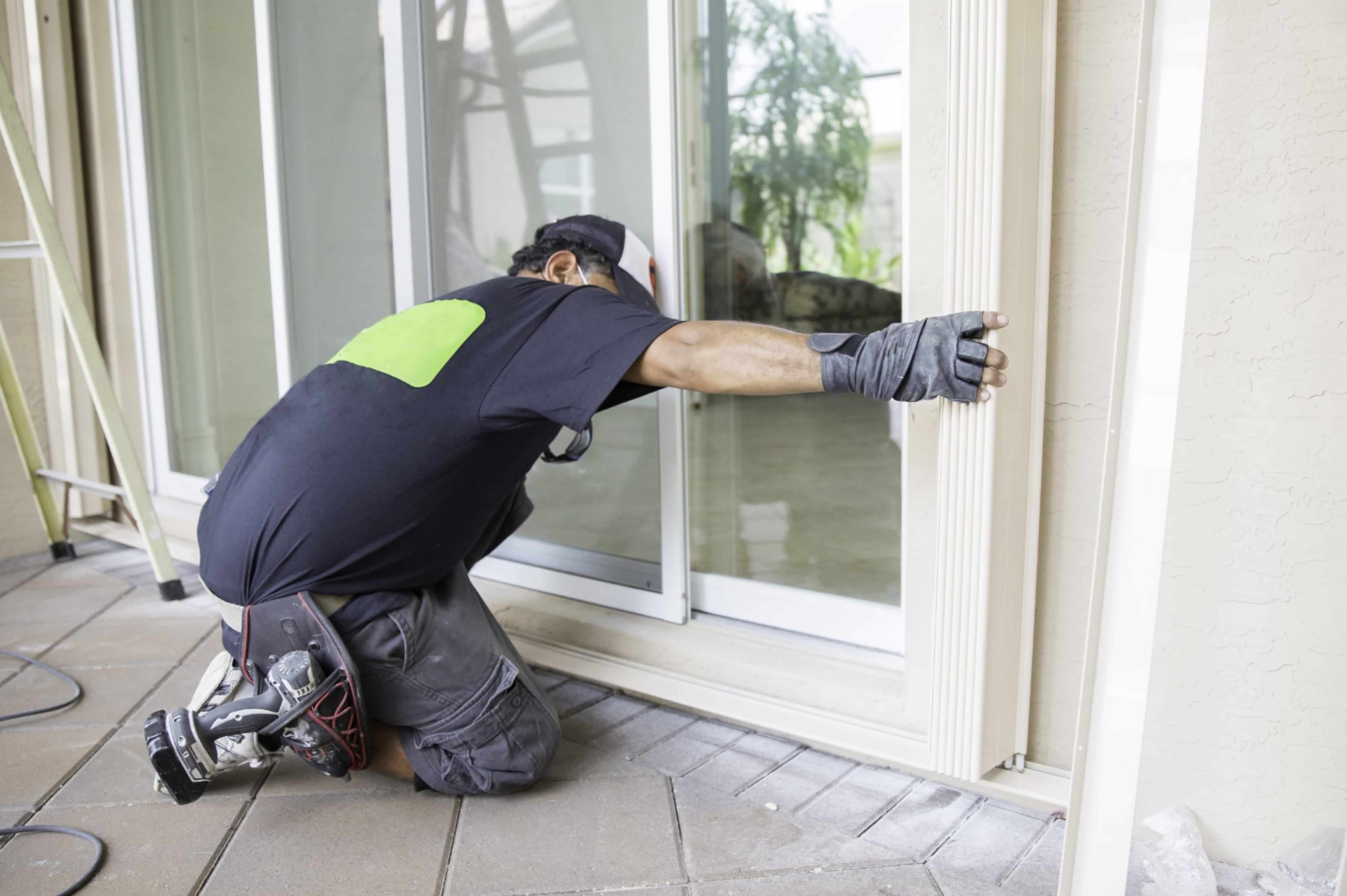
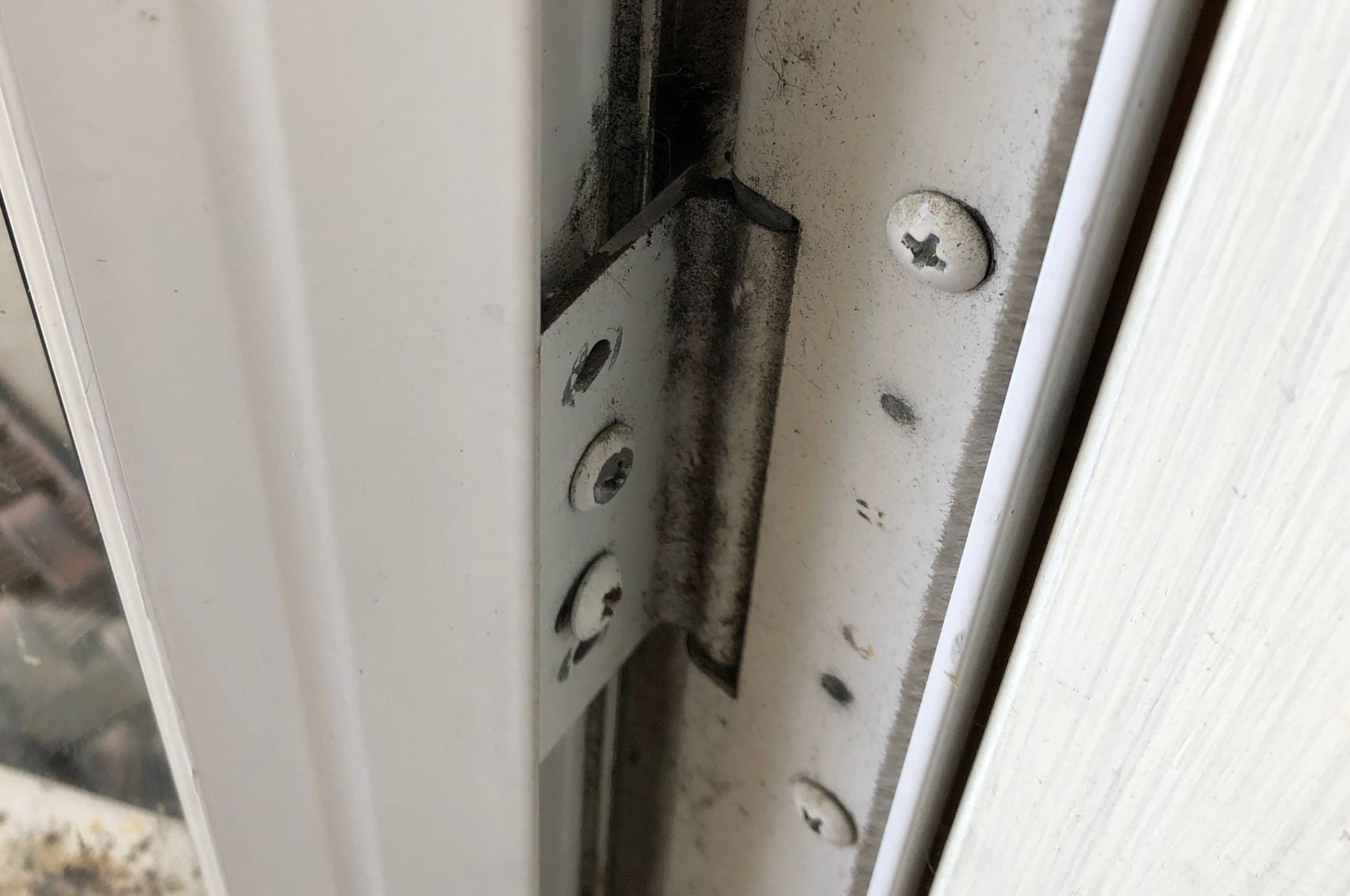
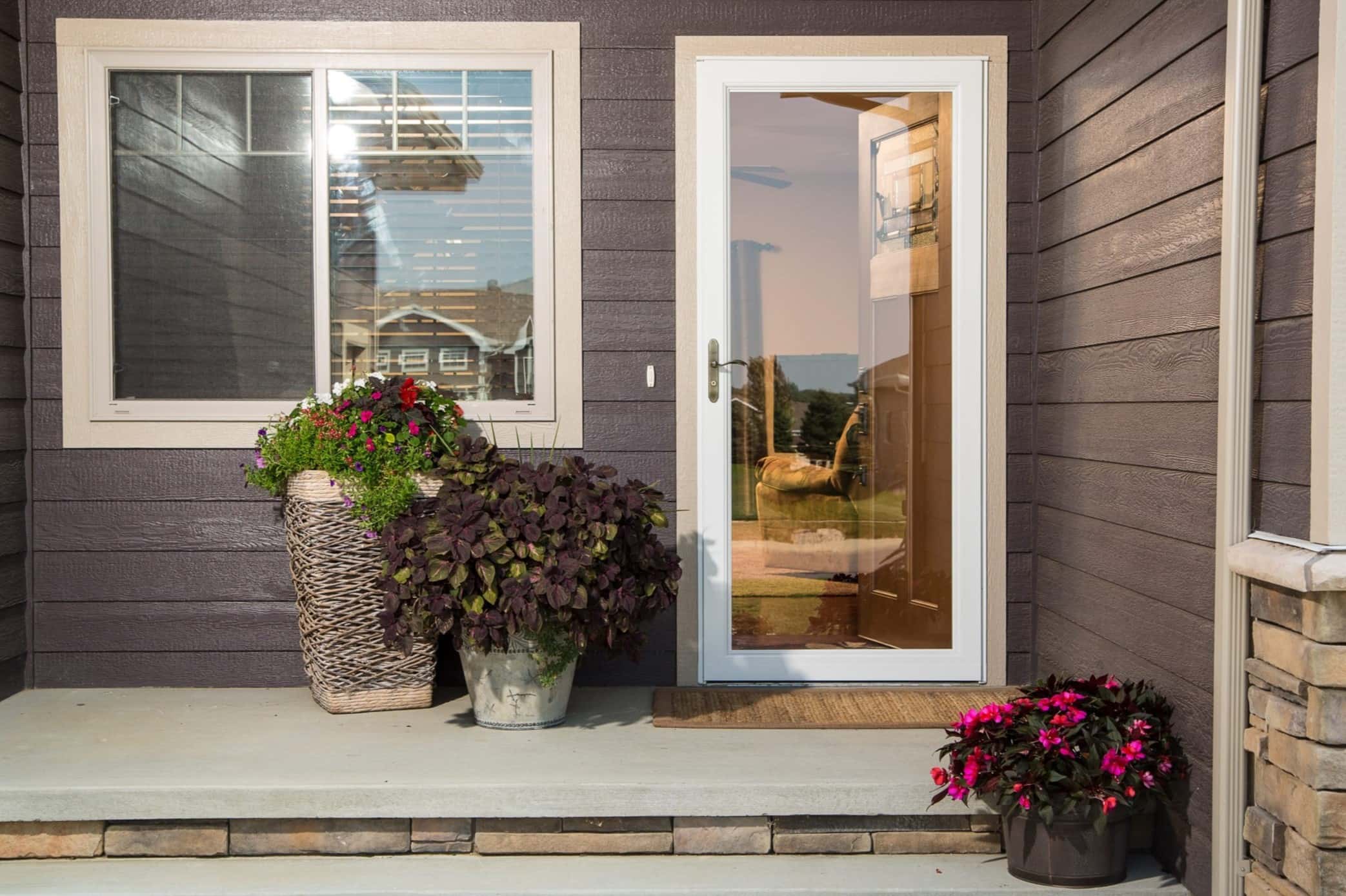
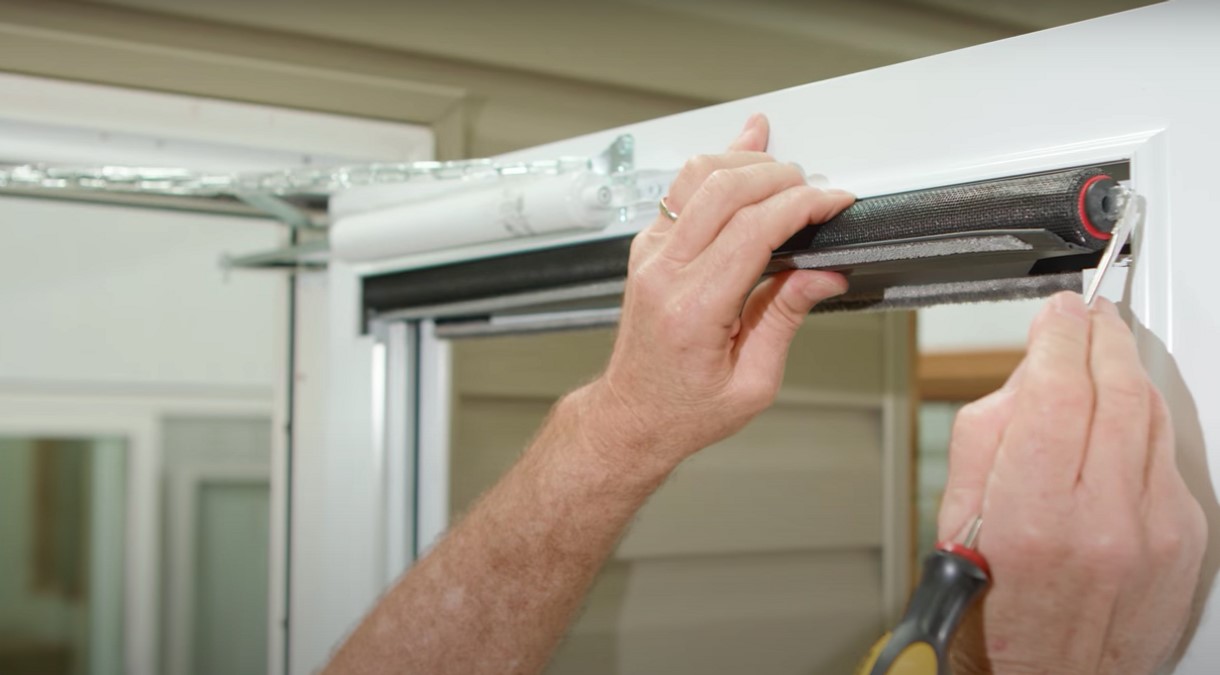
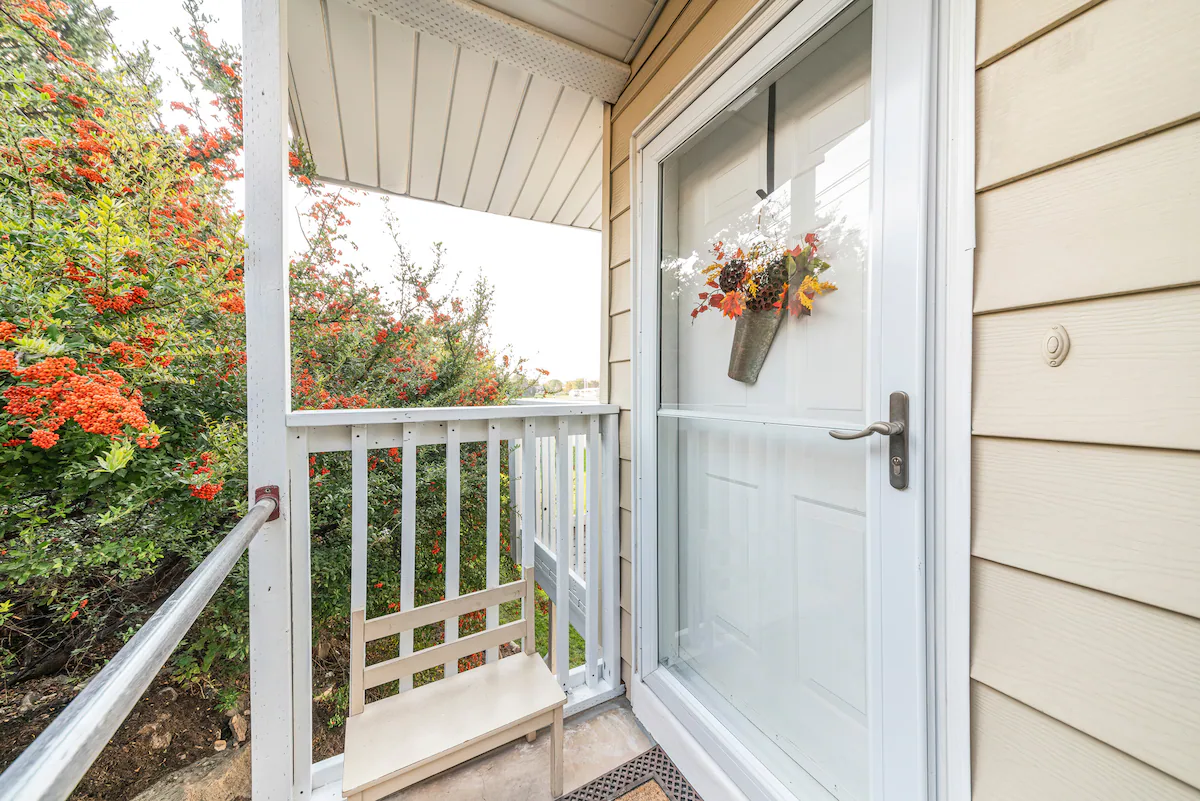
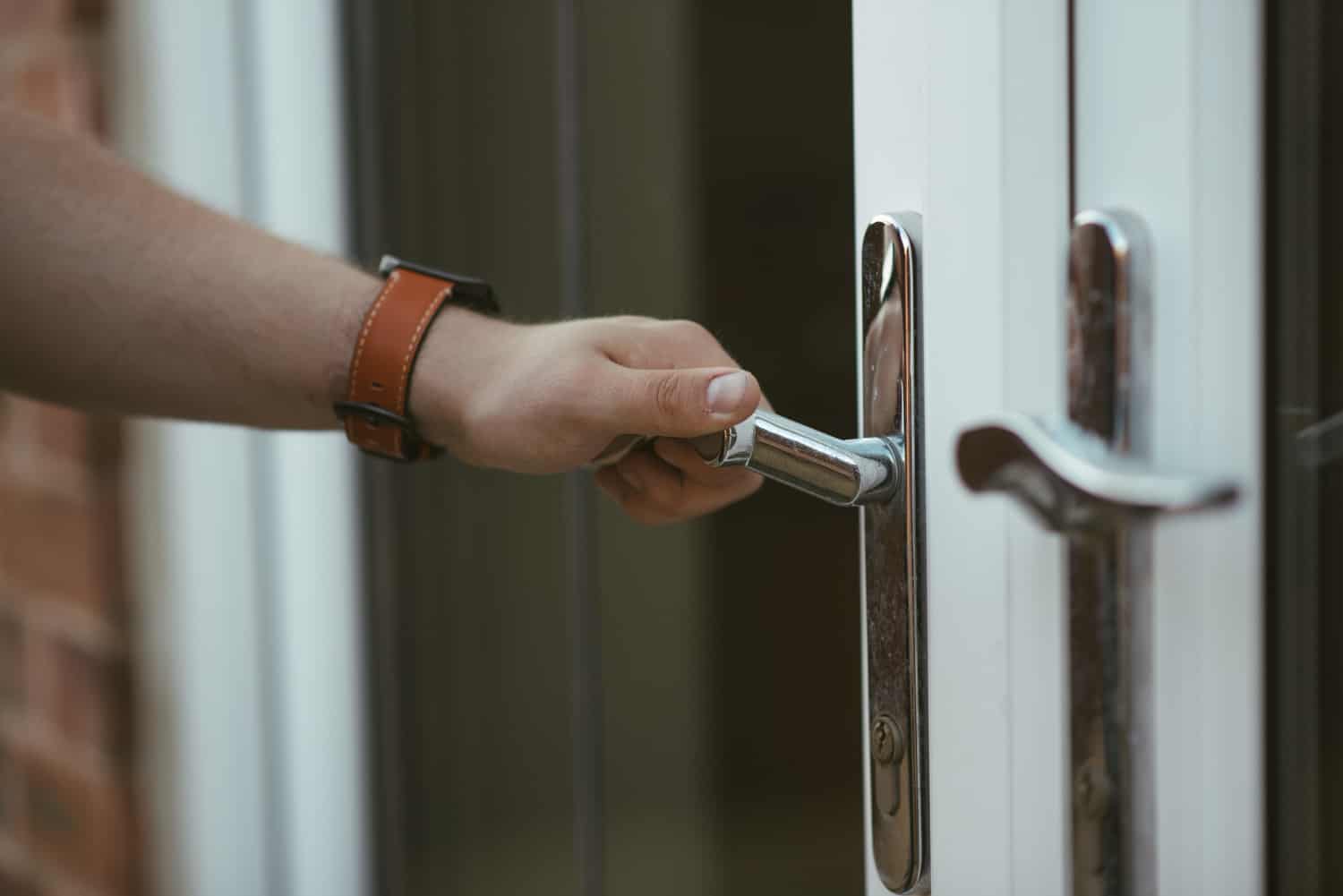
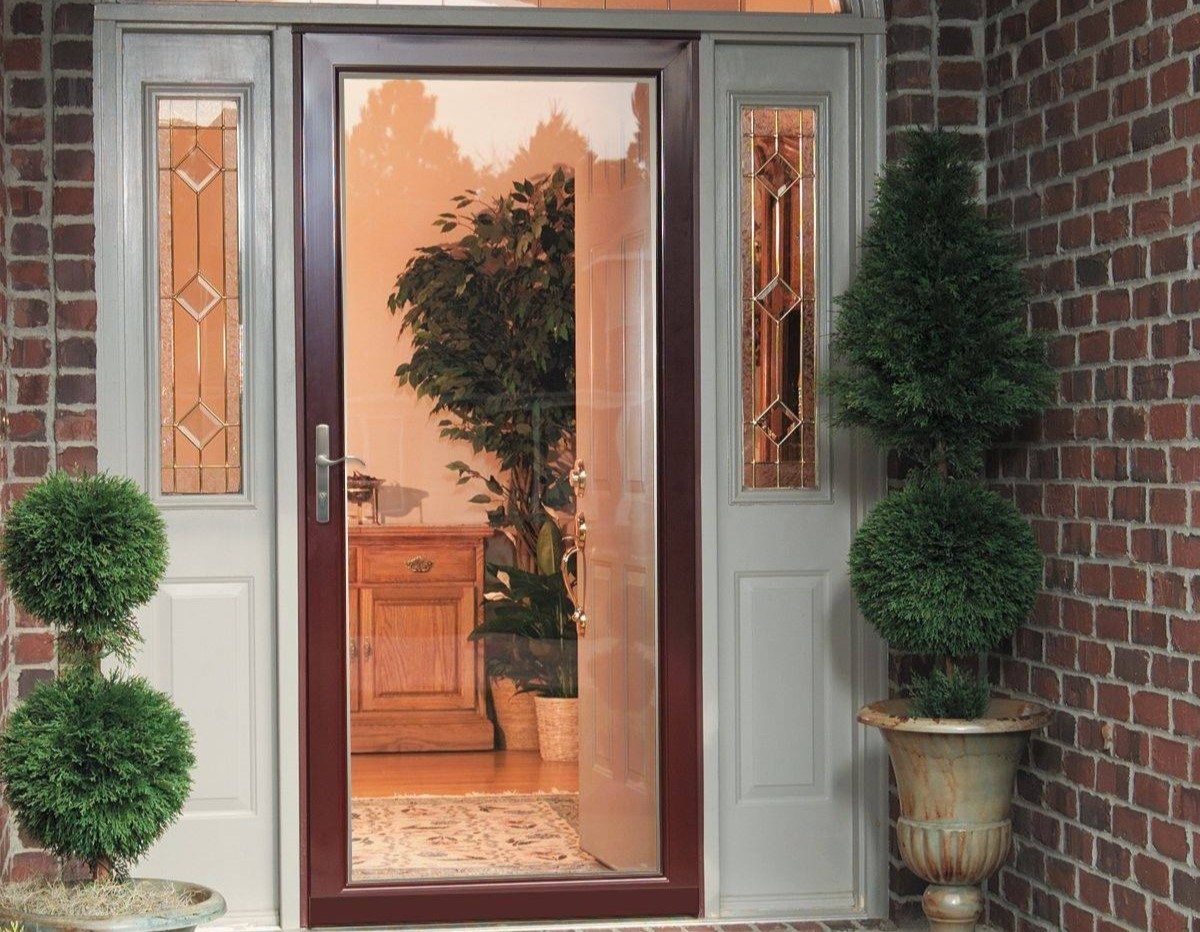
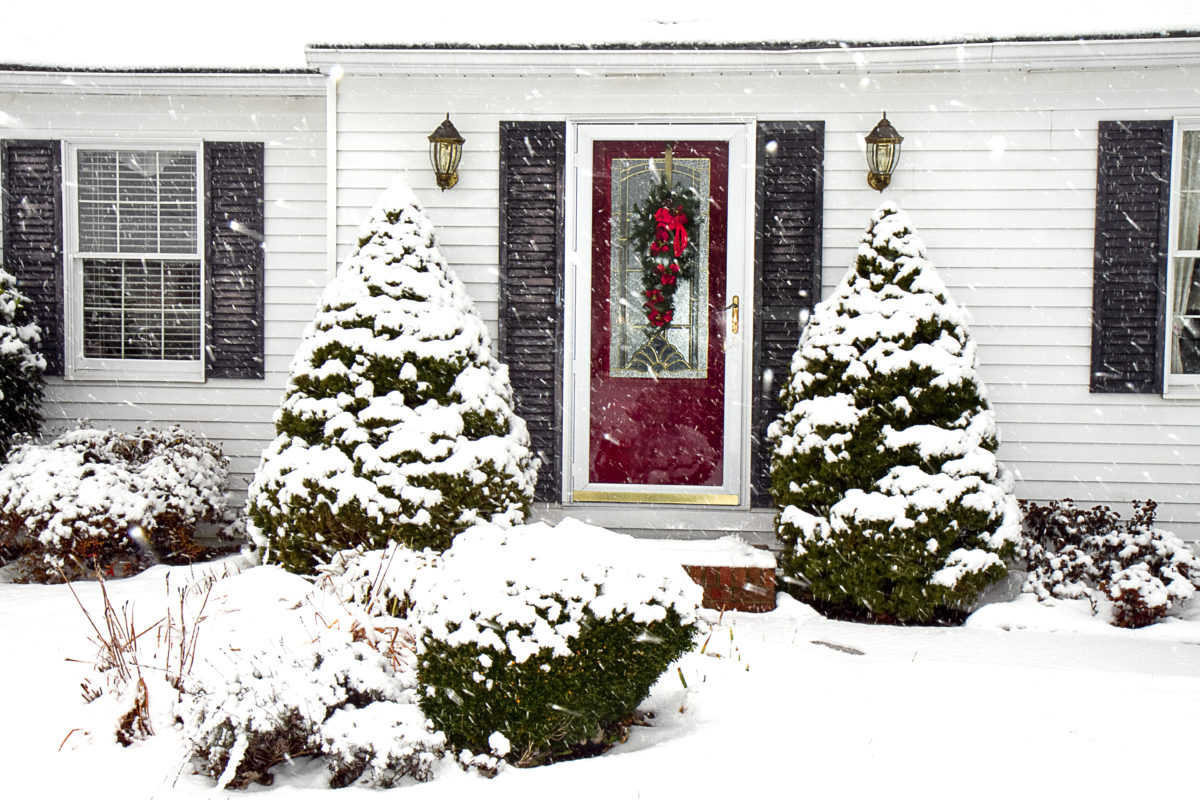
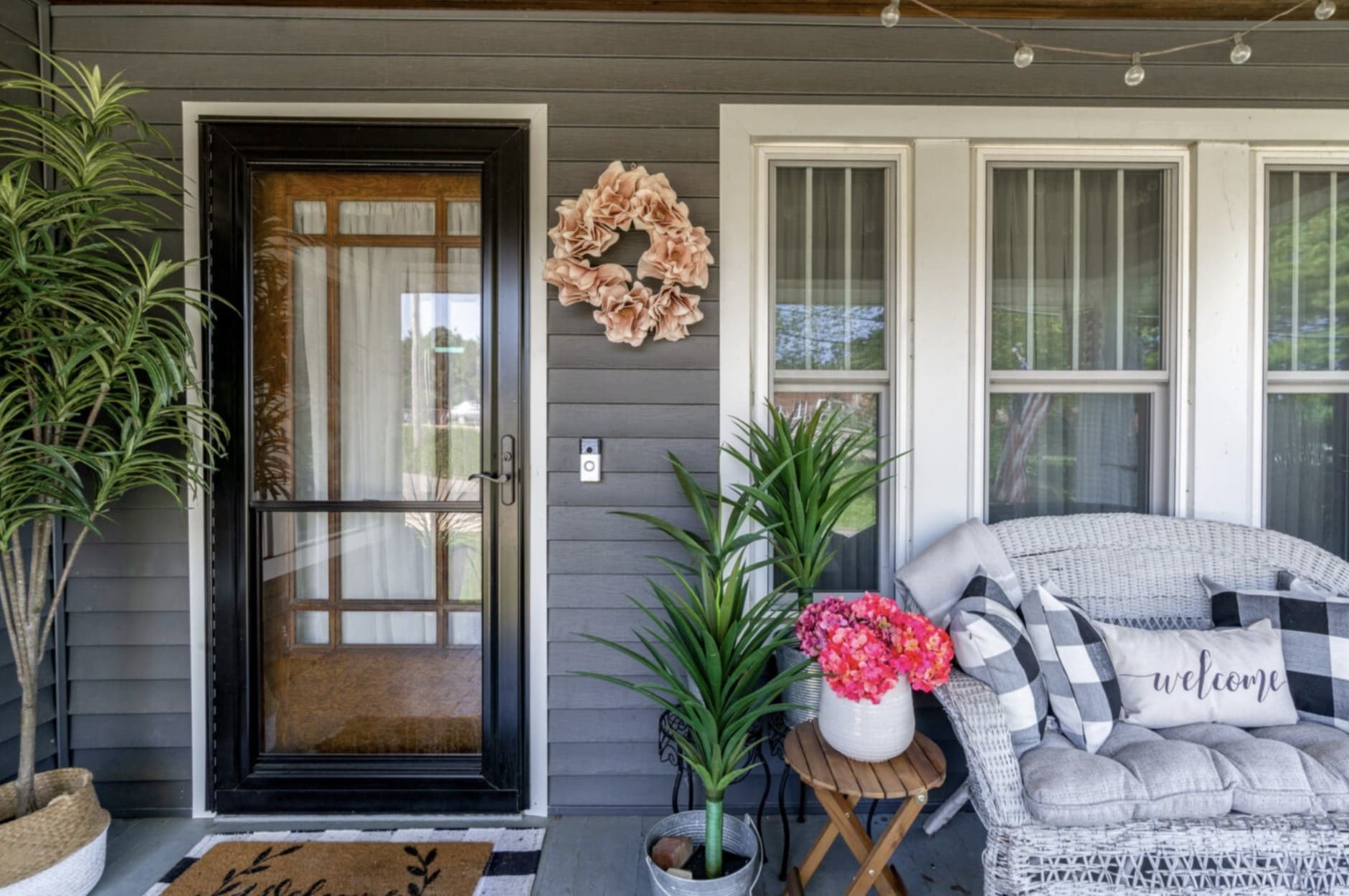
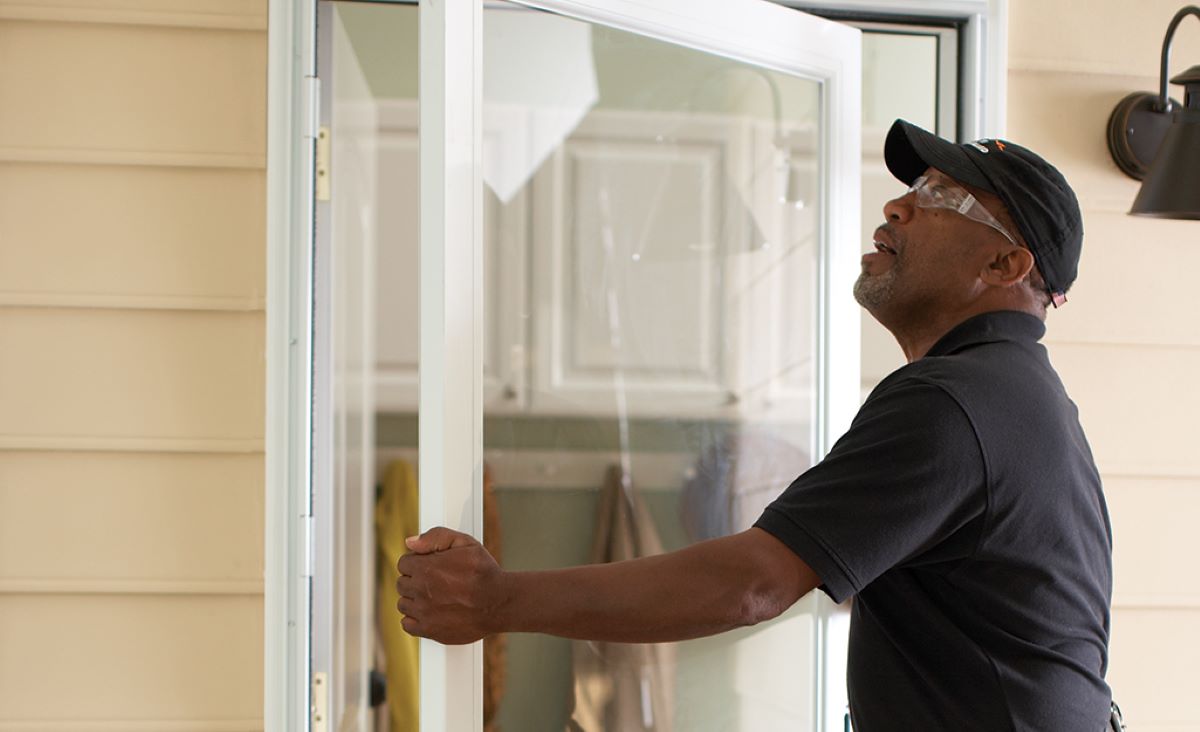
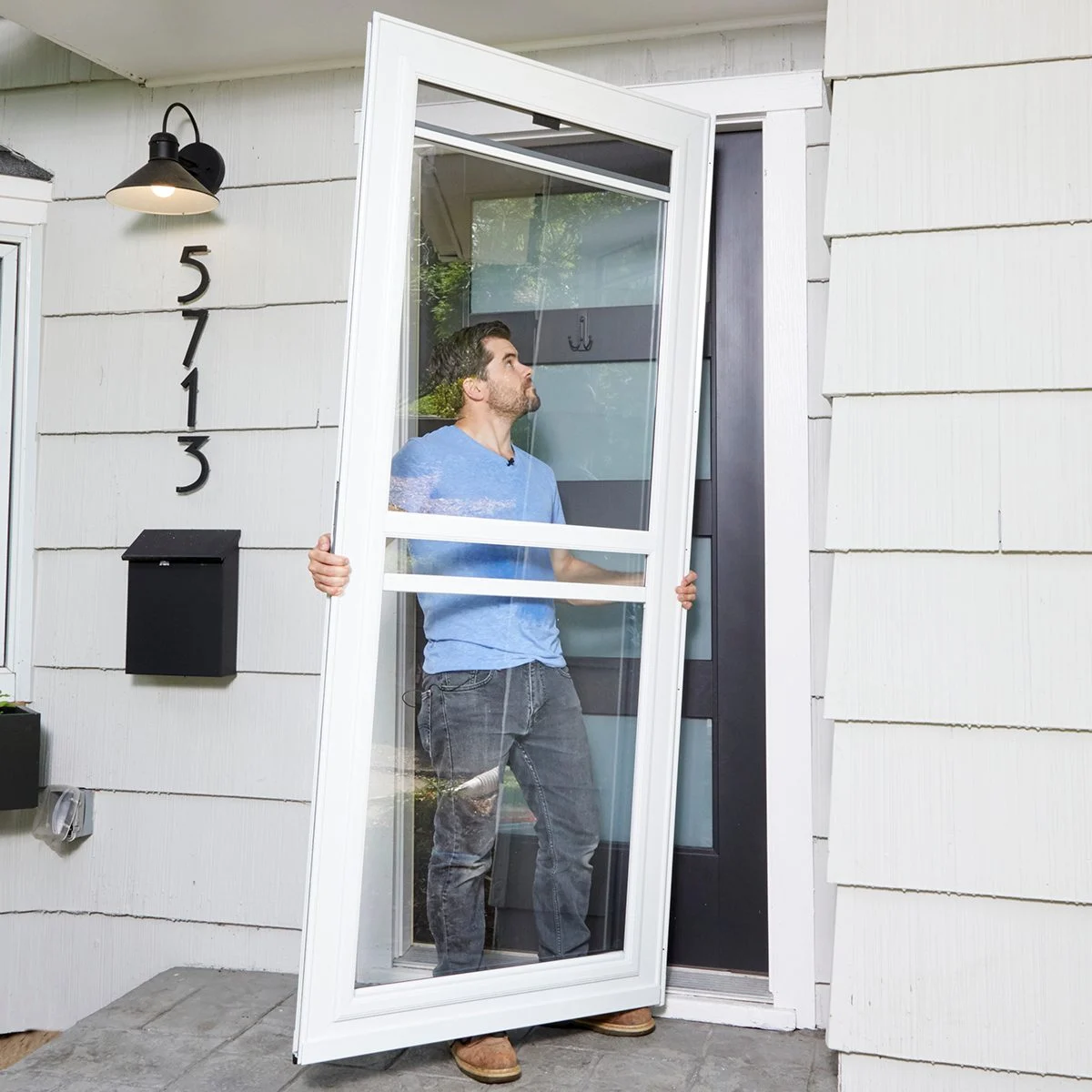
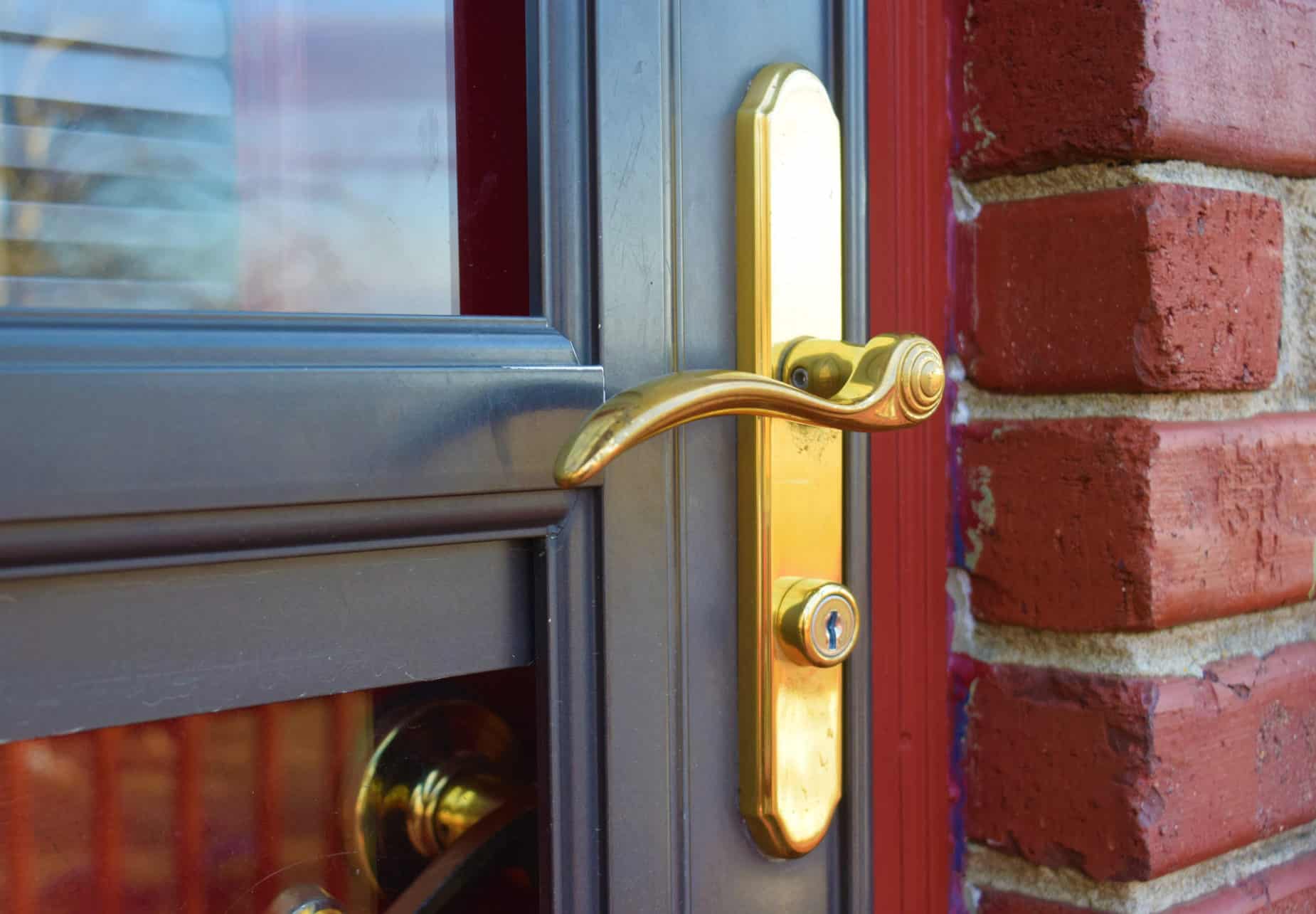
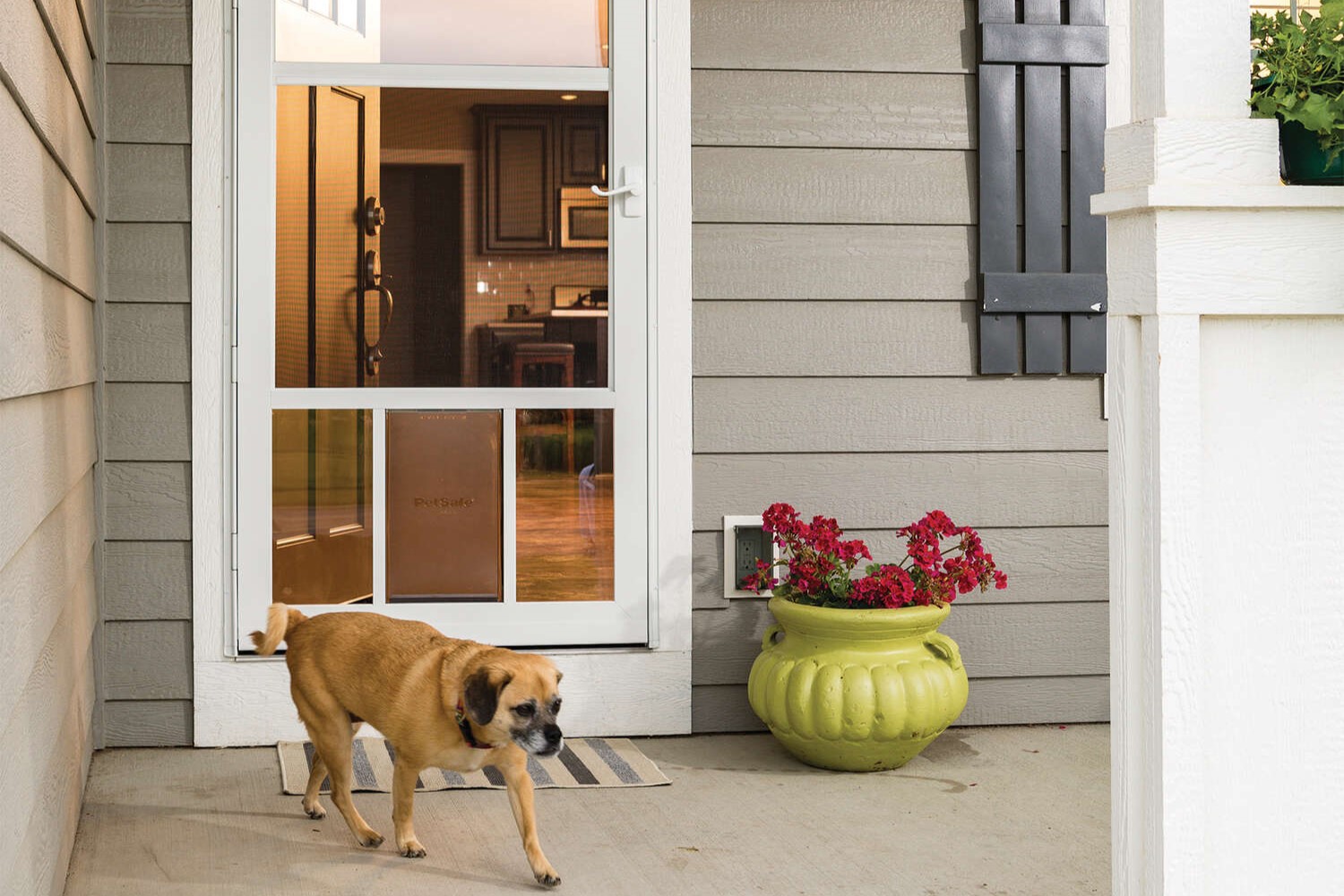
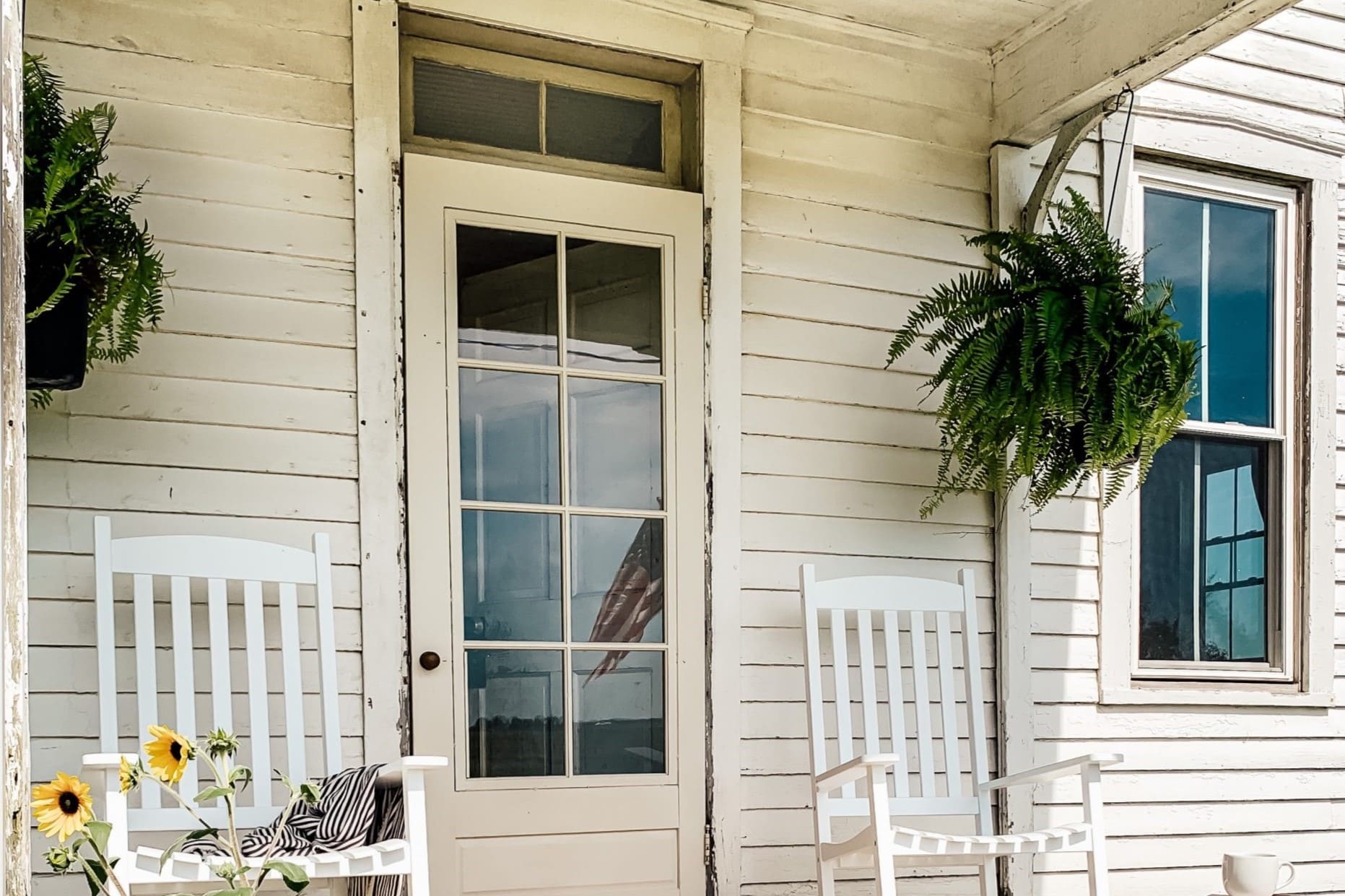

0 thoughts on “How To Fix A Storm Door That Won’t Close”